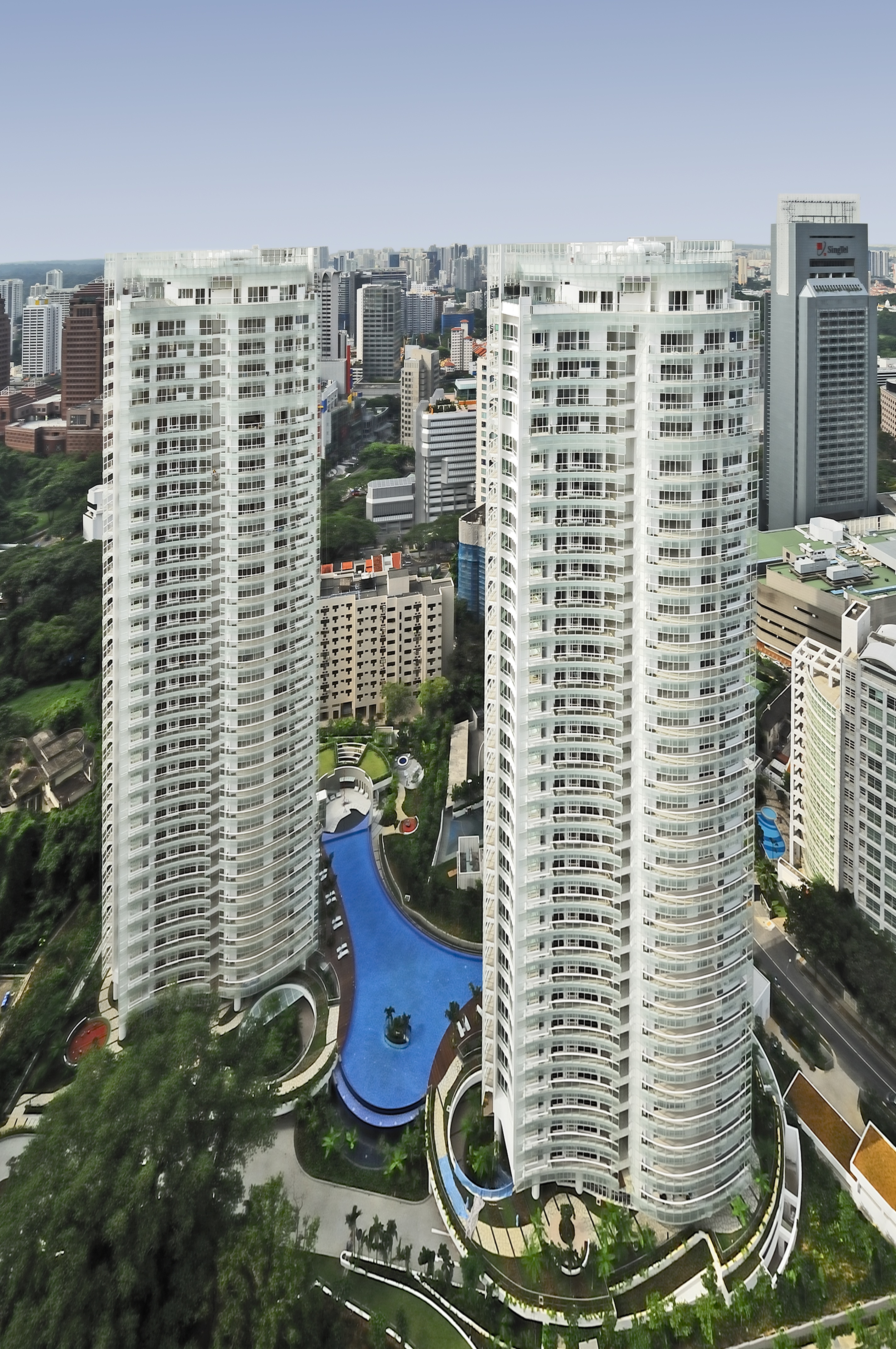|
Kudankita
is a district of Chiyoda, Tokyo, Japan, consisting of four '' chōme''. It was a part of the former ward of Kōjimachi. As of March 1, 2007, its population is 1,404. Kudankita is a luxury and prestigious residential and business zone. The Yasukuni Shrine is situated near the center of the district. The Kudanshita district is located on the northwestern part of the ward of Chiyoda and borders Ichigayatamachi, Shinjuku. It also borders Nishi-Kanda and Kanda-Jinbōchō to the east, Kudanminami and Kitanomaru Kōen to the south, and Fujimi and Iidabashi to the north. Economy Tecmo had its headquarters in Kudankita. The construction company, Nakano Corporation, is also headquartered in the district. District Kudankita 1-chōme * Wako Kudan Junior & Senior High School *Tokyo University of Science Kudan Campus *Kitanomaru Square *Jissen Rinri Kōseikai * The Japan Society of Applied Physics Kudanminami 2, 3 and 4 are part of the Banchō area. Kudankita 2-chōme *Yasukuni S ... [...More Info...] [...Related Items...] OR: [Wikipedia] [Google] [Baidu] |
Banchō
is an area in Chiyoda, Tokyo, Japan, consisting of the six "-banchō" districts, to , as well as parts of Kudanminami and Kudankita, and Fuijimi. The Banchō area is located to the west of the Imperial Palace. The historical area is roughly triangular in shape, forms its southern boundary. A rough line from to Ushigome Mitsuke forms its eastern boundary, and the railway of the Chūō Main Line along the outer moats of Ichigaya and Ushigome forms its northwestern boundary from Yotsuya to Ushigome Mitsuke. runs through its historical boundaries. Present day area with "Banchō" in the districts names stops south of this avenue. History Edo period The area was the location of the residences of the six groups, the hatamoto samurai in charge of the guard of the Edo castle. During Edo times the area was very uniform, packed in hatamoto residences resembling each other with no signage, making it difficult for external visitors to find a specific residence. Some shogunate ... [...More Info...] [...Related Items...] OR: [Wikipedia] [Google] [Baidu] |
Chiyoda, Tokyo
is a special ward located in central Tokyo, Japan. It is known as Chiyoda City in English.Profile ." ''City of Chiyoda''. Retrieved on December 28, 2008. It was formed in 1947 as a merger of and wards following 's transformation into Tokyo Metropolis. The modern Chiyoda ward exhibits contrasting |
Nakano Corporation
, is a Japanese multinational general construction contractor engaging in design, construction, civil engineering, technical assistance, and real estate development projects for its clients, which include corporations, governments and individuals. Nakano was established in 1885 by Kisaburo Nakano and specialised in fine masonry construction works for projects including the Japanese Parliament Diet Building, Nihon-bashi Bridge, as well as the Imperial Theatre. The corporation is headquartered at 4-2-28 Kudankita in Chiyoda-ku, central Tokyo, Japan, and maintains international offices in United States, Singapore, Malaysia, Thailand, Indonesia, China, and Vietnam. Internationally, Nakano Corporation has completed in excess of 1,300 projects in 37 nations throughout Southeast Asia, North America, Europe, Africa, and Oceania. Operations In Japan Nakano's domestic design and construction operations in Japan include educational, office, residential, commercial, industrial, health, t ... [...More Info...] [...Related Items...] OR: [Wikipedia] [Google] [Baidu] |
Yasukuni Shrine 201005
is a Shinto shrine located in Chiyoda, Tokyo. It was founded by Emperor Meiji in June 1869 and commemorates those who died in service of Japan, from the Boshin War of 1868–1869, to the two Sino-Japanese Wars, 1894–1895 and 1937–1945 respectively, and the First Indochina War of 1946–1954, including war criminals. The shrine's purpose has been expanded over the years to include those who died in the wars involving Japan spanning from the entire Meiji and Taishō periods, and the earlier part of the Shōwa period. The shrine lists the names, origins, birthdates, and places of death of 2,466,532 men, women, children, and various pet animals. Among those are 1,068 convicted war criminals, 14 of whom are A-Class (convicted of having been involved in the planning, preparation, initiation, or waging of the war). This has led to many controversies surrounding the shrine. Another memorial at the Honden (main hall) building commemorates anyone who died on behalf of Japan, ... [...More Info...] [...Related Items...] OR: [Wikipedia] [Google] [Baidu] |



